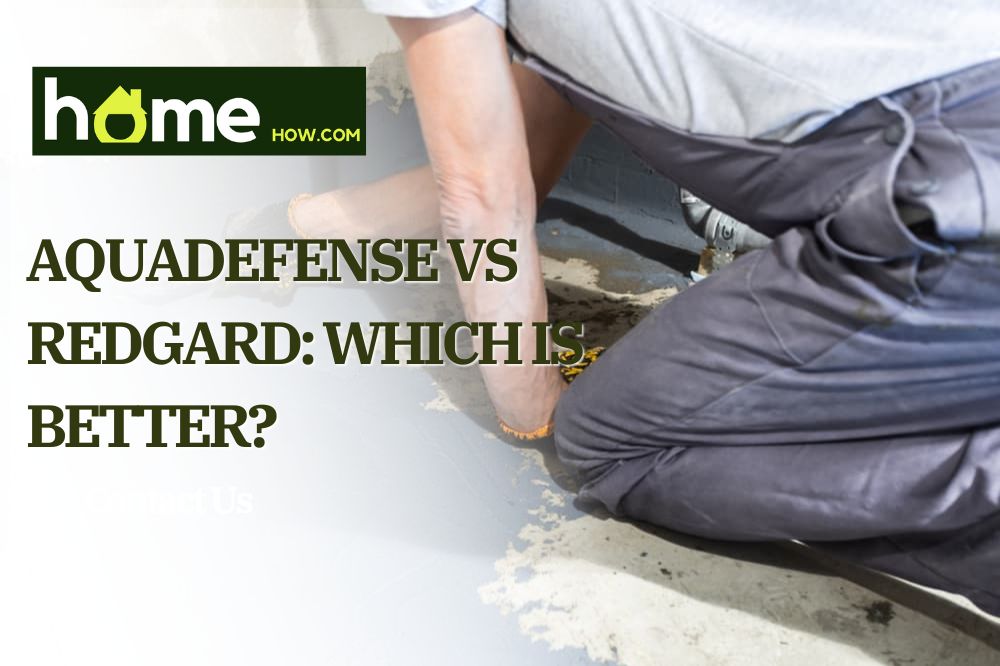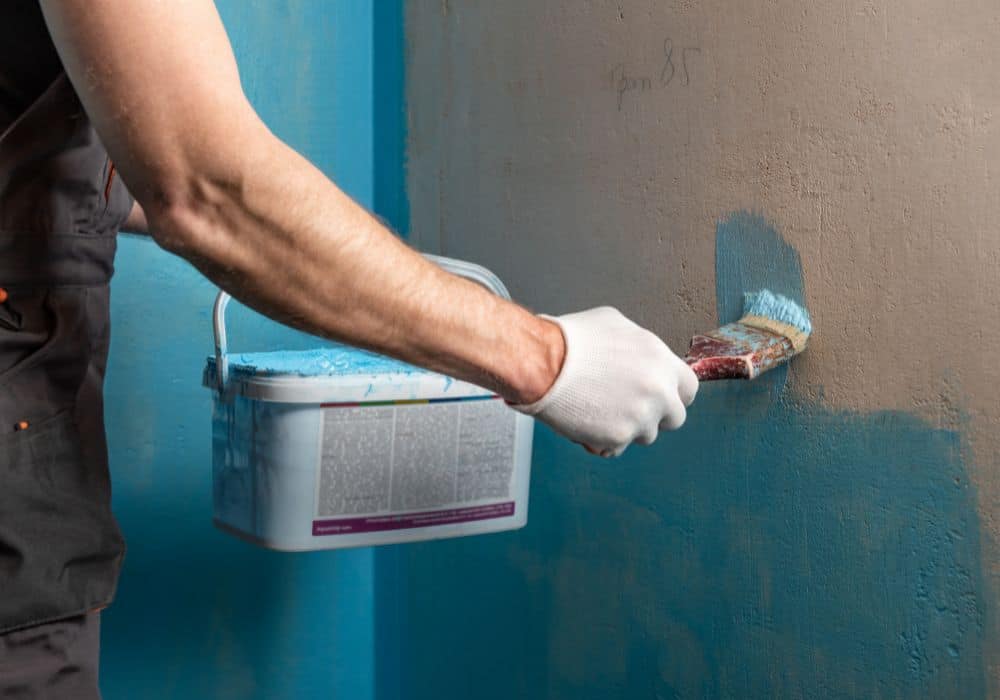When it comes to waterproofing tiles or stones, there are two names that would definitely grab the top spots. However, if you were only to choose one, what would you pick? In this comparison guide, we will put into the spotlight the best liquid-applied waterproofing mortars to date: AquaDefense vs Redgard.
But before we get into details, it’s vital that you know the importance of waterproofing inside the house, particularly in the bathroom. Waterproofing is a step that is generally applied during the construction phase to keep the structure dry. This process reduces humidity by controlling moisture.
If this procedure is correctly implemented, it protects the house or building from unwanted water exposure, which causes cracks in the foundation and rust in metal frames. But, if you skip this pivotal step, then it won’t be long before the water seeps into your home and generate mold.
Since tiles are very porous, you should create proper waterproofing in wet environments like bathrooms, showers, hot tubs, and saunas. It is also vital for areas that are prone to water damage due to their location and the current weather. These include balconies, fountains, decks, terraces, and laundry rooms.
What is Aquadefense?
A top-notch waterproof membrane manufactured by industry-recognized Mapei, Mapelastic AquaDefense is applied under ceramic tile and stone. This quick-drying, liquid rubber is widely used in different environments, from residential to commercial and even industrial.
This is such a versatile option to give a thin waterproof membrane barrier for walls, floors, and ceilings to prevent possible water damage. It may also be used for problem-prone sections like drains, corners, coves, and cracks.
Aside from that, the product is suitable for areas where the heat exceeds the normal temperature such as saunas and steam rooms.
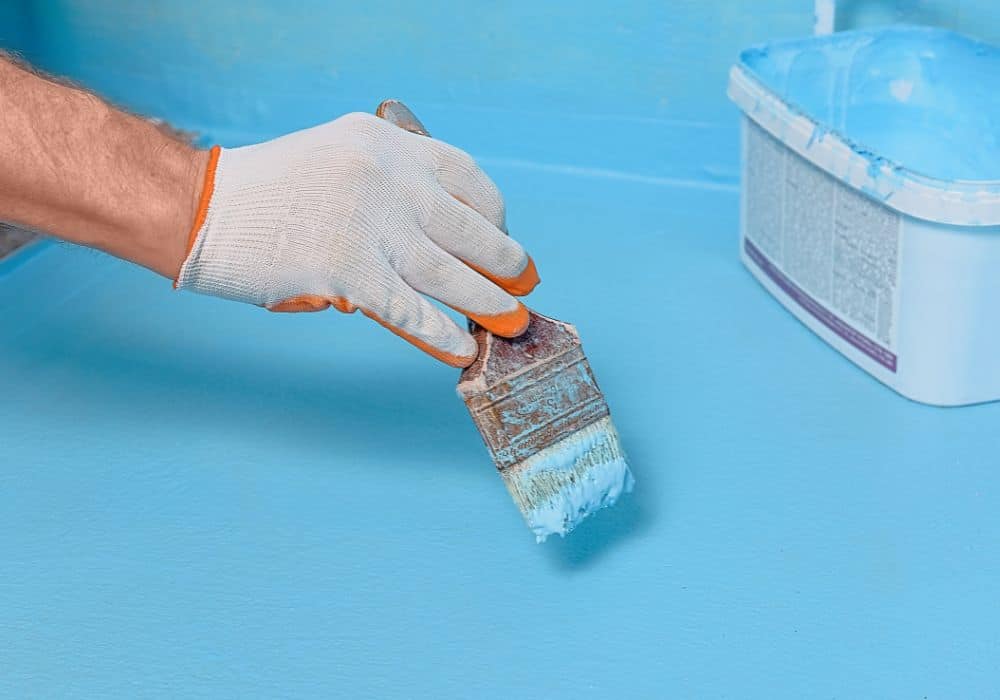
Application of Aquadefense
Since AquaDefense is already premixed, it’s very easy to apply. There’s no need to combine it with other Mapei products. However, if you apply this to areas mentioned earlier that are prone to water, it’s highly recommended to mix it with MAPEI’s optional Reinforcing Fabric or Mapeband for it to be more effective.
Both Mapei products are alkali-resistant to provide an extra layer of protection from moisture. So, it’s best that you don’t miss these products if you want more secure waterproofing.
For the application, try to follow the steps below:
- Before you apply the Mapelastic AquaDefense, make sure you stir it properly. And if the cracks, gaps, and other corners are more than 1mm, then it’s suggested to add suitable filler material. Exert force when adding the filler, then finish smooth using a trowel, and let it dry.
- After this step, it’s time to add the AquaDefense. You may use a 10 mm nap roller or a paintbrush.
- Let the area dry for a couple of minutes.
- Subsequently, apply a second coat and let it dry again for 30 to 50 minutes. The thickness of both the first and second coats should be around 20 mils. You may refer to a credit card for the thickness of the coating.
- Examine the areas that are not fully covered, and reapply AquaDefense as needed.
If you use it for draining, get on further with the steps below.
- Add urethane sealant or a bead of silicone around the drain flange to connect Aquadefense with the drain assembly. Make sure there are no spaces.
- Get rid of excess AquaDefense using a damp sponge with warm water and soap. For the dried-up membrane, you may remove them mechanically.
- You can then test the application after 12 hours. In warmer environments, drying time may be shorter. Meanwhile, for cooler conditions, expect longer drying times.
What is Redgard?
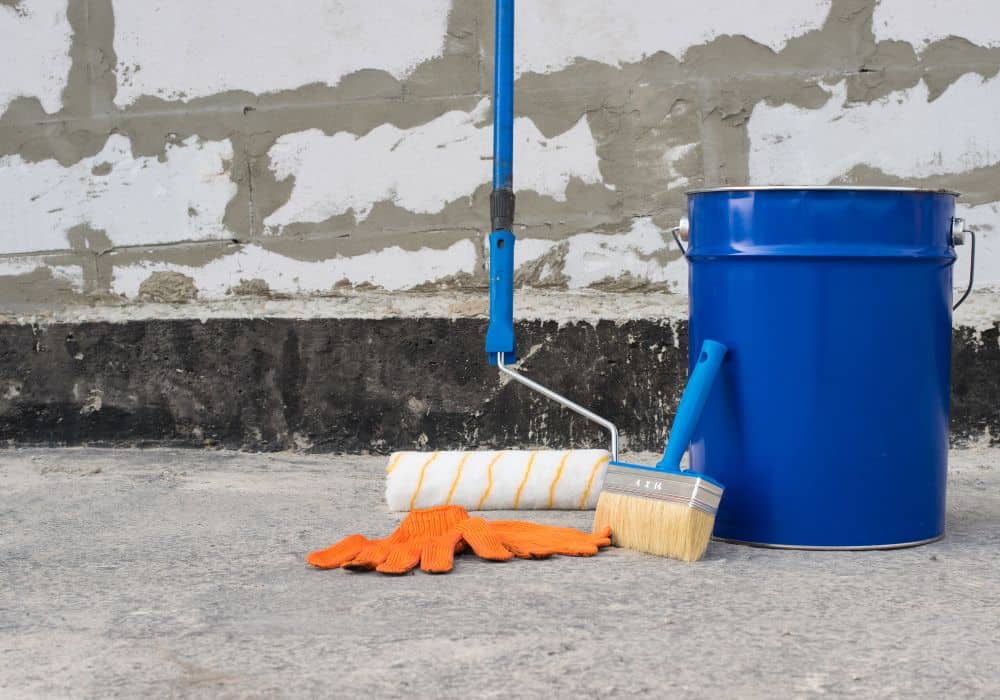
Regard, on the other hand, is a liquid elastomeric material that is highly recognized in terms of residential and commercial waterproofing. Featuring a quick dry formula, it swiftly cures to generate a waterproof membrane barrier, which is then used before applying stone and tile.
This helps in minimizing crack transmissions on the exterior and interior substrates up to 3 mm. The material easily secures PVC, ABS drain assemblies, stainless steel, and metal drains. Aside from that, it is applied on top of the slab as well as under all kinds of floor coverings to prevent moisture.
As acknowledged by IAPMO, it may be coated for steam shower enclosures and shower-pan liners. It is applicable for waterproofing spas, pools, and other water surfaces. However, its elements may not be that durable compared to AquaDefense.
Application of Redgard
Just like AquaDefense, Redgard is a ready-to-use material that you can easily roll on using a trowel, airless sprayer, paint brush, or roller.
Here’s a detailed list of steps when applying the material:
- Before coating, the surface should be dry, clean, and free from pollutants. This ensures that the material would properly bond and cure. If there are cracks that exceed 3 mm, don’t forget to fill them in.
- If the surface is completely flattened and sacrificed, then you may now apply the material. Redgard has created a specific guideline on how to use the material as a crack prevention membrane or as a general waterproof membrane. Steps for applying it at drains are also covered.
- The normal color of Redgard is pink. It then turns red once it is dried. As to the waiting time, it generally depends on the surface, though it often dries right away.
- If it’s to be used as a crack-isolation membrane, only one full coat is needed. However, for general waterproofing, you need to apply a second coat.
- Within 72 hours of applying the material, you should take note that the temperature does not fall below 5 degrees Celsius.
Detailed Comparison Between Aquadefense vs Redgard
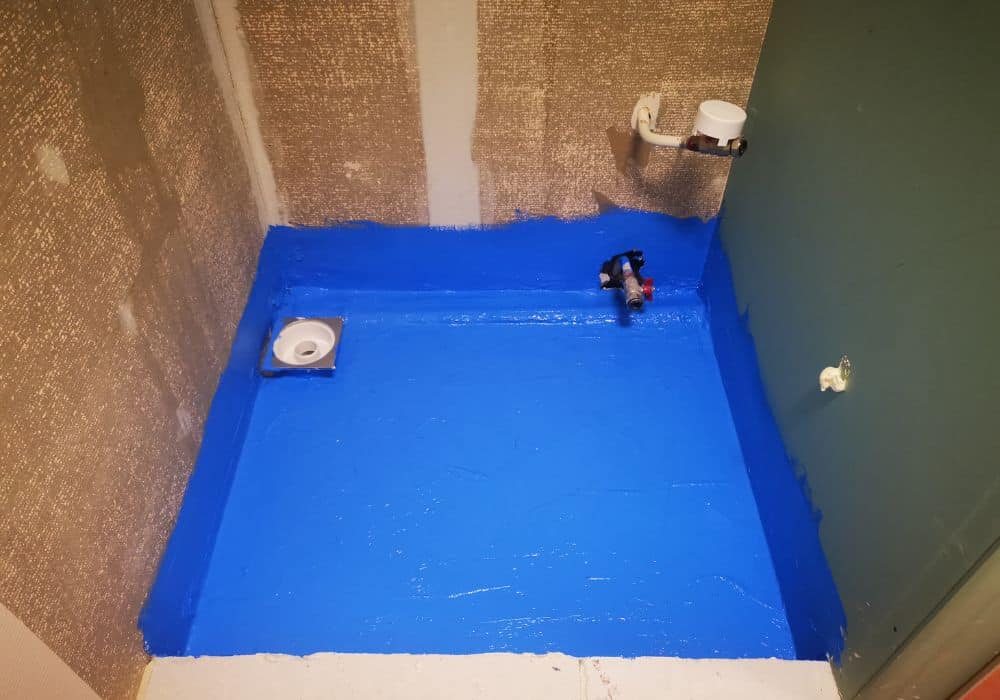
Now that you know the basics and the key steps of both AquaDefense and Redgard, it will be easy to distinguish their similarities and differences. Comprehending and comparing the main features of both solutions also help you in more effective decision-making.
1. Cost
- AquaDefense ― $81.62 per gallon; $389.99 per 3.5 gallons
- Redgard ― $67.70 per gallon; $248.39 per 3.5 gallons
*Cost based on the recent Amazon prices, excluding shipping fee
*Prices may vary depending on the country and method of delivery, either online or from physical stores
2. Features of Aquadefense
- Premixed
- Quick drying formula, though waiting time ranges from 30 to 50 minutes
- May use a roller or brush when applying
- No odor
- Ideal for ceramic tile or stone
- May be combined with other Mapei products for a stronger waterproofing
- Listed for shower pan liners and other water-prone areas
- Pricier
3. Features of Redgard
- Ready-to-apply
- Quick-drying; the transitioning of pink to red means that it is completely dried
- May use a roller, paintbrush, airless sprayer, or a trowel when applying
- Works incredibly well as a substrate formation material notwithstanding the size
- A hint of a chemical odor
- Cheaper
So, if you’re to decide, which is best, AquaDefense or Redgard, the answer lies in your preferences and needs.
4. Choose AquaDefense…
If you prefer a ready-mix formula that is meant for areas that are prone to extreme hydrostatic pressure, then AquaDefense is the best answer. Because of its features, it can withstand more moisture compared to Redgard, making it suitable for bathrooms, shower enclosures, and saunas.
In most cases, it dries quicker than Redgard, although you need at least two full coats. And you don’t need to worry because it works well even on pre-existing layers or pre-installed plasterboard. Not only that but you may apply it at a cooler temperature.
As to its downsides, AquaDefense may not fully be effective if there are large cracks. More so, it is not suited for plant doors and OSB surfaces. And because of its remarkable features, AquaDefense is way pricier than Redgard.
5. Choose Redgard…
If you’re looking for a ready-made material that you can apply easily with less drying time, then Redgard is the best option. Aside from the quick-drying feature, it is ideal as a substrate formation element and is highly efficient even for big surfaces.
Plus, it is cheaper and is compatible with various application tools including, a roller, paintbrush, airless sprayer, or trowel. However, Redgard does not contain any adhesive at all nor does it create a proper finish coat. This means that you need to add a separate layer for a full coat.
Also, you have to consider the temperature. It’s not suitable for weather conditions that fall beyond 5 degrees Celsius.
Conclusion
Knowing the ins and outs of waterproofing is a must for a homeowner or a building contractor. Proper waterproofing is crucial in limiting the chances of water seeping into the surfaces of your home. More than that, it ensures the veracity of the structure by adding an extra preventive layer from moisture.
And when choosing the best waterproofing material, it’s important that you decide according to what you need. Do you apply it on simple ceilings and floors or do you use it for shower enclosures and steam rooms? Are you living in a cooler region? How much is your allocated budget?
Try to evaluate all the features one by one before you make a decision. It’s very important that you pick based on your current circumstances, especially since these are home essentials that take up a pivotal part of your home.
